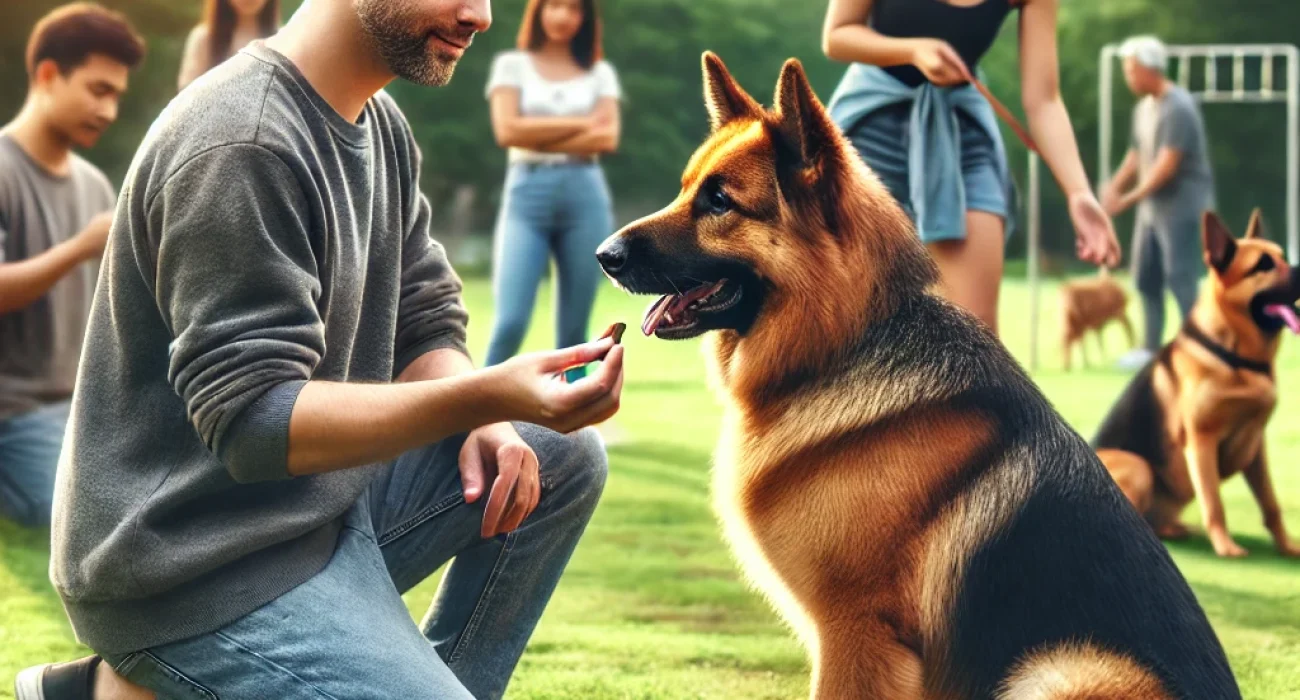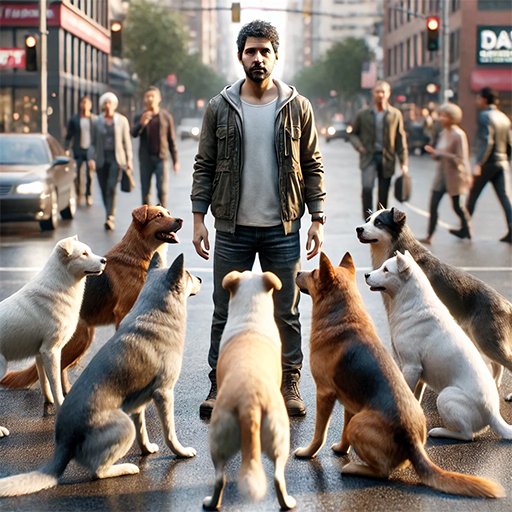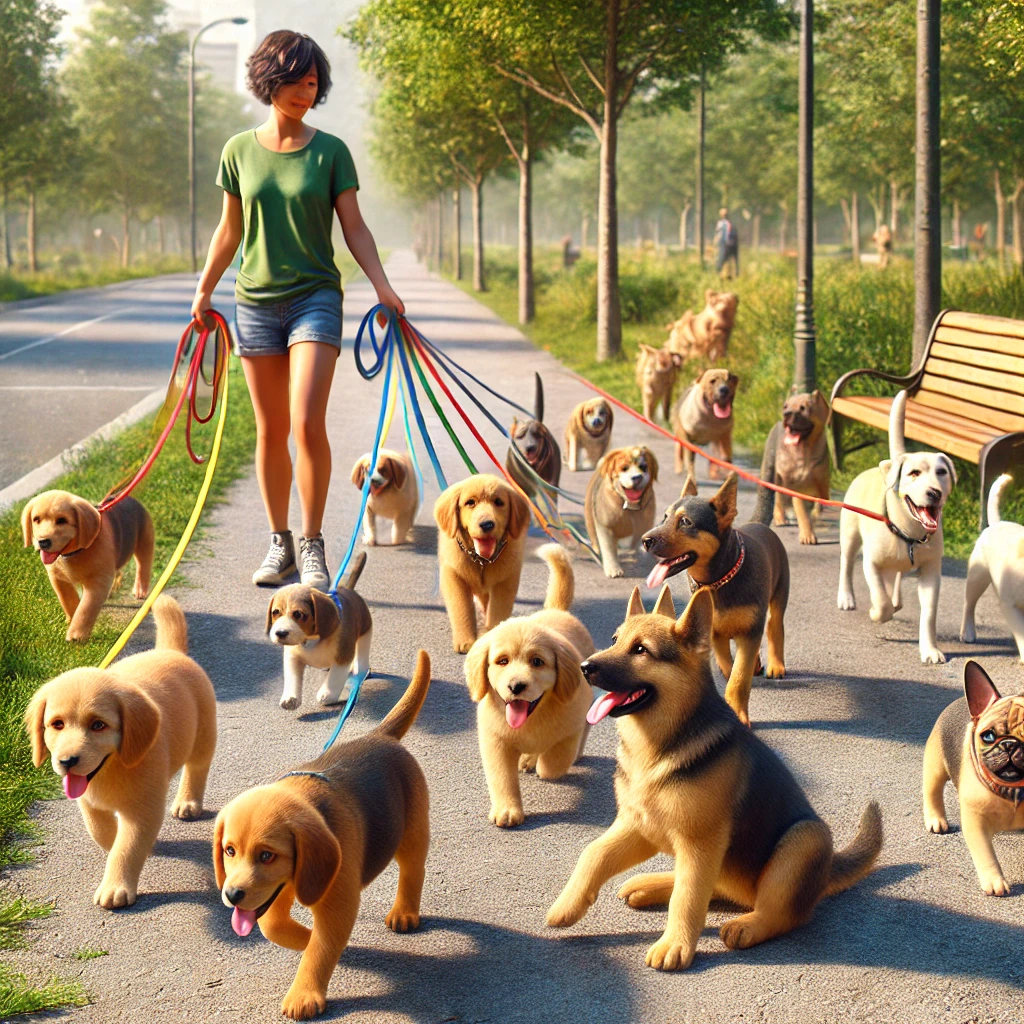Introduction
In the modern world of dog ownership, there is a growing emphasis on providing emotional comfort to our furry friends. While it is important to ensure that our dogs feel loved and secure, focusing solely on their emotional comfort can lead to behavioral issues and long-term consequences. This opinion piece advocates for the importance of developing a dog’s character through structured, controlled scenarios and firm guidance. For effective character development, consider private dog training or enrolling in Austin dog obedience classes.
Understanding Character Development in Dogs
Character development in dogs refers to the process of shaping their behavior, resilience, and overall temperament through consistent and structured training. This approach is crucial for the long-term well-being of your pet. By contrast, focusing exclusively on emotional comfort often means indulging your dog without boundaries, which can lead to poor behavior and a lack of discipline. Consulting with a dog behaviorist can help guide you through this process.
The Risks of Prioritizing Emotional Comfort
Overindulgence in emotional comfort can result in various behavioral issues. For instance, dogs may develop separation anxiety, become overly dependent on their owners, or display aggression when they don’t get their way. These issues not only disrupt the household but also affect the dog’s quality of life. Long-term consequences include a lack of socialization skills and an inability to cope with new or challenging situations.
The Role of Controlled Scenarios in Developing Strong Character in Dogs
Controlled scenarios are structured environments where dogs can learn and practice desired behaviors. These scenarios are designed to gradually introduce challenges that help dogs build resilience and adaptability. Firm and just control in these settings is essential for shaping a dog’s behavior. It teaches them to respond positively to commands and adapt to different situations, ultimately leading to a well-rounded character. To explore these techniques further, you might consider obedience dog training in Austin, TX.
Implementing Structured Training Techniques
Here are some steps and techniques for effective character development in your dog:
- Establish Clear Boundaries: Define what is acceptable behavior and what is not. Consistency is key.
- Use Positive Reinforcement: Reward desired behaviors with treats, praise, or playtime.
- Introduce Controlled Challenges: Gradually expose your dog to new environments, people, and other animals.
- Practice Patience and Persistence: Character development takes time. Stay committed to the process.
- Balance Control with Compassion: Firm guidance doesn’t mean a lack of love. Show affection and support, but maintain boundaries.
Conclusion
Developing strong character in dogs controlled scenarios and firm guidance is essential for their long-term well-being. While emotional comfort has its place, it should not come at the expense of discipline and structure. I encourage all dog owners to adopt structured training methods to foster a well-rounded and resilient companion. Your dog will thank you for it.
By investing in your dog’s character development, you’re not just training a pet; you’re nurturing a loyal, confident, and well-behaved friend for life. For additional guidance, consider reaching out to a dog behaviorist or exploring private dog training services.




